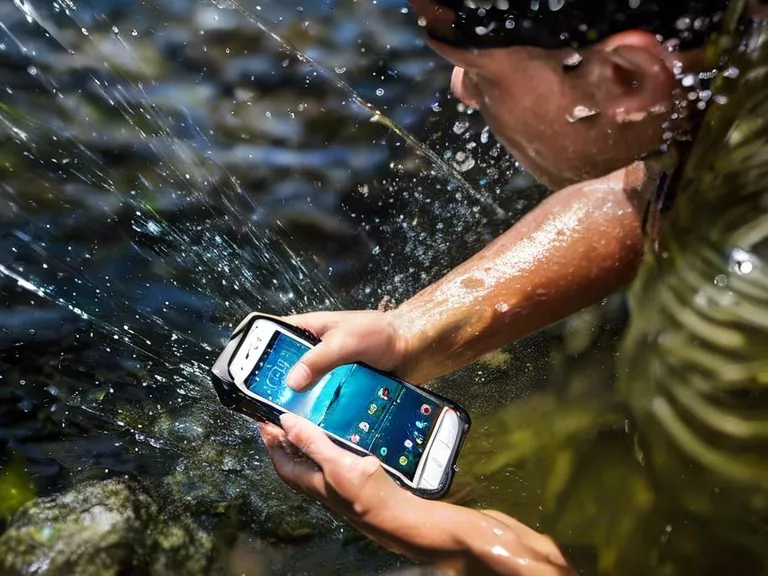
Smartphone cameras have come a long way and can now rival many traditional cameras in terms of quality. For beginners looking to maximize the potential of their smartphone camera, understanding and using the right settings is key. This guide will walk you through the essential smartphone camera settings every beginner should know.
Understanding the basics
Before diving into the specific settings, it's important to understand the basics of your smartphone camera. This includes knowing how to focus, adjust exposure, and frame your shots effectively. Once you have a good grasp of these fundamentals, you can move on to exploring more advanced settings.
Essential settings to know
- HDR: High Dynamic Range (HDR) mode helps balance out the exposure in high-contrast scenes by capturing multiple exposures and combining them into one image.
- Gridlines: Enabling gridlines on your camera app can help you compose your shots more effectively by following the rule of thirds.
- Resolution: Adjusting the resolution settings on your camera can have a significant impact on the quality of your photos.
- ISO: ISO determines the sensitivity of your camera sensor to light. Understanding how to adjust ISO can help you capture better images in low-light conditions.
- White balance: White balance settings help ensure accurate color reproduction in different lighting conditions.
Tips for better smartphone photography
- Experiment with different settings to understand their impact on your photos.
- Take advantage of editing apps to further enhance your images.
- Practice framing and composition to create visually appealing shots.
By mastering these essential smartphone camera settings and following these tips, beginners can take their photography skills to the next level.



